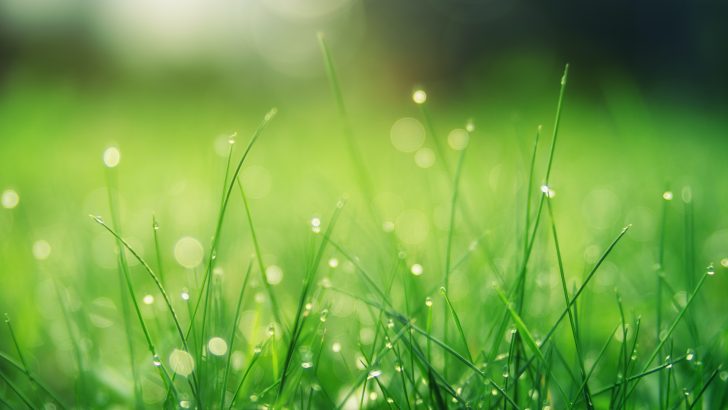August is the new October. A succession of low-pressure systems hit the west coast of Ireland this August, just in time for peak holiday season. We found ourselves needing full winter clothing as we explored the windswept Aran islands or the rain-drenched streets of Galway. Of course there were gaps in the weather, when the sun even threatened to shine, but there was always a sharp autumnal feel in the air. Still, the kids were always happy to make the most of things. They don’t care much about the rain, when they are busy rolling down sand dunes or running into the surf in their wetsuits.
Yet of those who follow the weather closely – farmers, fishermen and sailors – many I’ve spoken to agree that something is amiss with the weather in recent years. Last August also saw some atrocious conditions, with boats wrecked by an unseasonal storm in Cork. More unseasonable gales lashed the coast this August, along with a succession of dreary weather fronts, which brought rain and bitter winds. These are not the Augusts we remember. The scientific evidence for global warming is strong, of course, but it is the strength of the feeling in our bones that something has shifted in our climate which causes the greater emotional impact. On the face of it, the idea of Ireland becoming a few degrees warmer may seem welcome, but when we see what it means in practice, it seems far less attractive.
The increased warmth in the seas and the atmosphere gives greater energy to the North Atlantic weather systems which hit Ireland, meaning more powerful winds and more torrential rain. Some scientists see initial signs of the Gulf stream slowing down which, were it to happen in earnest, could leave us with a climate akin to that of Atlantic Canada. Yet any such drastic changes are likely to take place over decades or even generations. My 11-year-old finds this prospect daunting, and said that he hated seeing plastic floating in the sea offshore. Given such timescales, it’s little wonder that the younger generation seems especially interested in climate change. They are the ones likely to live to see it play out.
Even my seven-year-old says that she learned from school and programmes like Blue Peter that the climate is changing and that doing things like turning lights off when you’re not using them might help. I asked my 10-year-old her feelings about it, and she says that she worries about how floods and storms might affect us. They get a lot of messages about climate change from the media, of course, which inevitably tends to catastrophise. Perhaps some perspectives are unduly apocalyptic, and others unduly sanguine. I don’t want them to worry about it as such, but to be aware of the uncertainty it poses, and to focus on taking positive steps to play some small part in helping to make the environment better. Using cleaner technology is a good thing for the immediate environment as well as having a positive impact on climate change.
Of course, we’ve always had summer storms, at times, and floods, and unsettled Augusts. Yet as summer storms become more commonplace, and record floods follow heatwaves, the frequency of extreme weather makes us feel that something strange, and sinister, is going on.


 Rory Fitzgerald
Rory Fitzgerald
